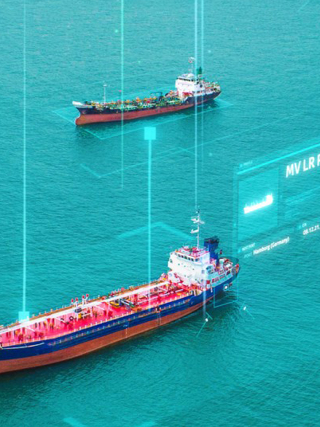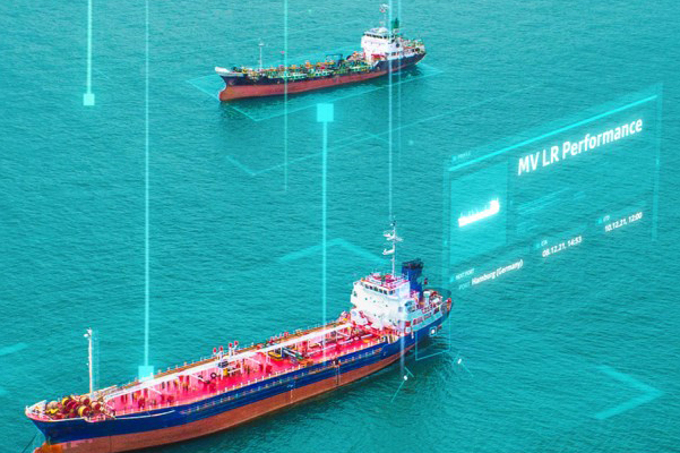Supporting you source the fuel you need.

Fuel management
Our fuel management support and advisory services can help you to minimise the consequences of poor fuel management. Tackling the main issues involves regular fuel testing to ensure your crew are fully informed and prepared. This also includes keeping up to date with the regulatory requirements and understanding the potential issues around new marine fuel blends.
Ship implementation plan
To help ships with the current IMO Sulphur 2020 regulation, the IMO is recommending the development of SIPs (ship implementation plans).
A SIP outlines the aspects of ship design and operation that will be directly impacted by the change in regulation and is aimed at encouraging ships to itemise the critical tasks that need to be carried out.
These include fuel change risk assessments, switch-over timing, any structural tank or fuel system modifications, cleaning of tanks and crew awareness programmes along with addressing new bunker compatibility challenges and cold flow storage considerations.
For those choosing to comply by using low sulphur fuel we can help you pro-actively manage the transition. The one-off switch from high sulphur fuel oil (HSFO) to defined 0.50% maximum sulphur content fuels, will require significant planning with a number of operational aspects being affected.
Training
Our dedicated LR training courses provide you with direct access to the skills and knowledge of world-class subject specialists and professional trainers. We ensure training is relevant, engaging and effective for participants.
Through our training we are confident this will meet your objectives and develop your staff, as well as improve your business performance.
Fuel management plan
To help you comply with IMO Sulphur 2020 regulation and beyond, our fuel management plan provides step-by-step procedural guidance covering all aspects of change-over to low-sulphur fuel, data recording and documentation.
The plan takes into account numerous factors affecting fuel changeover including fuel sulphur content, fuel consumption and fuel tank arrangement. It is a shipboard manual which provides a record of the ship’s equipment, fuel tank arrangements, fuel capacities and equipment data, together with a list of actions to be taken in each operational mode when entering or leaving an ECA. It covers all potential scenarios and provides clear instructions and safety guidelines to help ensure a safe and controlled change-over process.






 Fuel management
Fuel management


